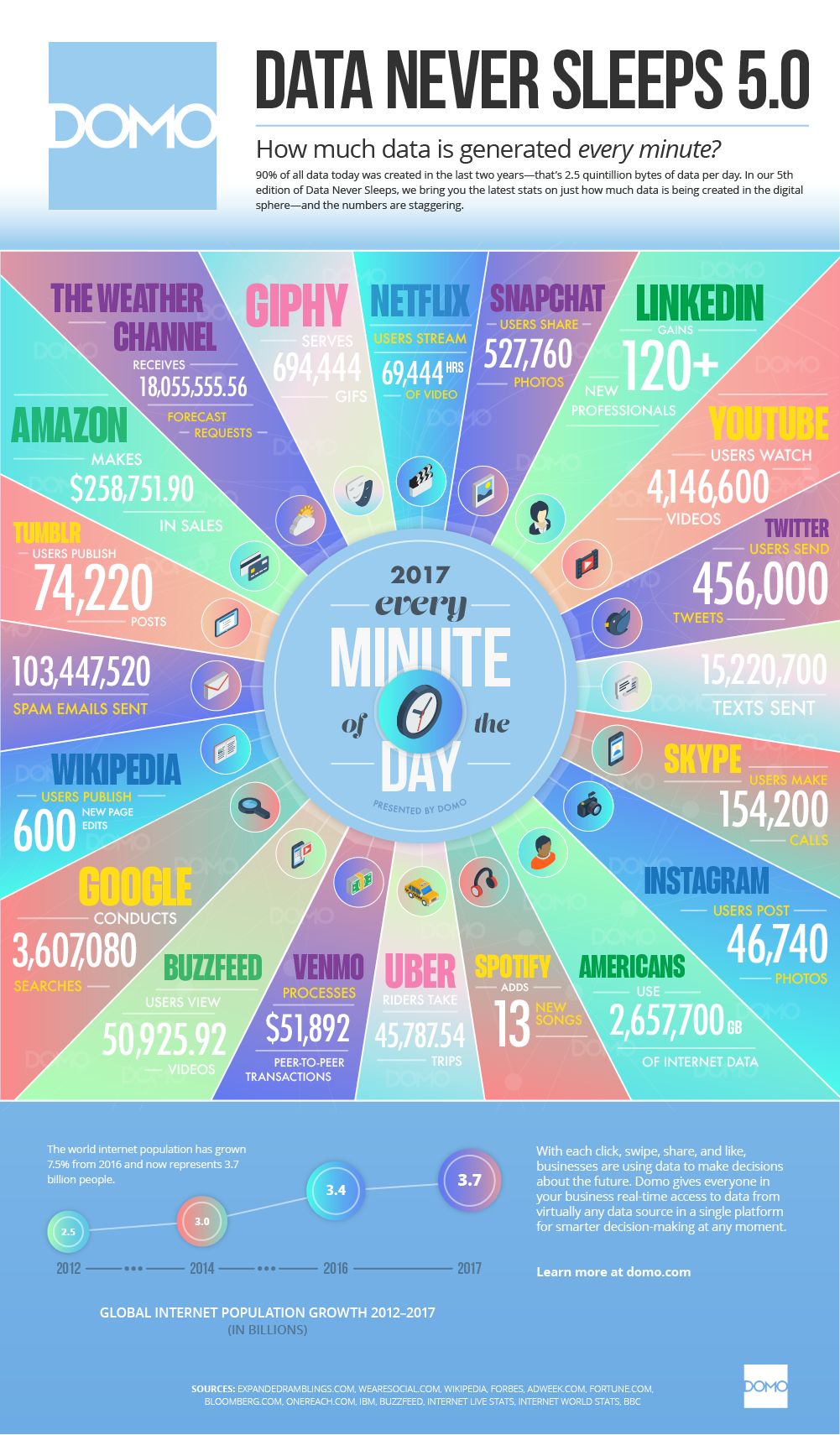Processor technologies for IoT/Cloud Computing/AI-ML
In his first lecture, Daniel had mentioned that processors are the brains responsible for performing all the computations and also presented a slide to depict the clash of different processor technologies. This blog post will give an overview of some of the current processor technologies and how they are getting benefitted by new technologies like IoT, Cloud Computing, and Machine Learning.
Mobile & PCs – ARM vs. x86
CPUs based on x86 architecture are known for delivering high performance, and Intel is dominating personal computing segment for several years, with its x86 chips. To get a foothold in the PC market, ARM and Qualcomm are working with Microsoft on a Windows laptop that can match the performance of Intel x86 laptops. It is still not clear whether ARM-based chips will give any competition to Intel x86 chips in PCs. Apple is also planning to replace Intel chips with its chips on Mac PCs. [1]
ARM-based processors are known for low energy consumption. ARM-based processors built by Qualcomm are ubiquitous in mobile computing segment. On the other hand, Intel has been trying to penetrate the mobile segment and already supplying its x86 based baseband chips to different vendors including Apple. Even though Intel has made a mark in the mobile space through Apple phones, it didn’t get any success further.
IoT, Cloud Computing and AI/ML – ARM, x86, GPUs and TPUs
IoT adds humungous volumes of data from billions of connected devices and sensors to existing data. Data generated by IoT and other applications necessitates the use of technologies like Cloud Computing and AI/ML.
With the advent of IoT, there is a massive demand for ARM-based chips. ARM gets money mainly from royalties. According to Masayoshi Son, the chairman and CEO of Softbank, the number of “brain cells” in chips would exceed the number of neurons in our brain. [2] He also projected that the internet of things (IoT) would require trillion chips over the next 20 years and justified their acquisition of ARM for 32 billion dollars.
Due to Cloud Computing, there is a significant demand for server-based chips. Intel is a dominant player in this area too. So it is benefitting from this new technology. ARM along with Qualcomm is also trying to enter the server market.
AI/ML training is a computationally intensive process, and GPUs from Nvidia have become the primary choice for such tasks. Even though Google is developing TPUs for AI/ML, it is still using Nvidia’s GPUs for ML inferencing. Another interesting development in this area is Google’s Edge TPU to run inference at the edge.[3] Intel is also trying to enter AI-based chips market and acquired Nervana systems for this purpose. [4]
In summary, x86 and ARM processor technologies are going to be extant together catering to different markets along with other processors like GPUs and TPUs.
[1] https://www.bloomberg.com/news/articles/2018-04-02/apple-is-said-to-plan-move-from-intel-to-own-mac-chips-from-2020
[2] https://www.reuters.com/article/us-telecoms-mobileworld-softbank-group/softbank-expects-arm-to-deliver-1-trillion-iot-chips-in-next-20-years-idUSKBN1661EA
[3] https://cloud.google.com/edge-tpu/
[4] https://www.forbes.com/sites/greatspeculations/2016/08/17/intel-to-challenge-nvidia-with-the-acquisition-of-nervana-systems/#3b0b6eea697a
[5] https://www.domo.com/learn/data-never-sleeps-5?aid=ogsm072517_1&sf100871281=1

